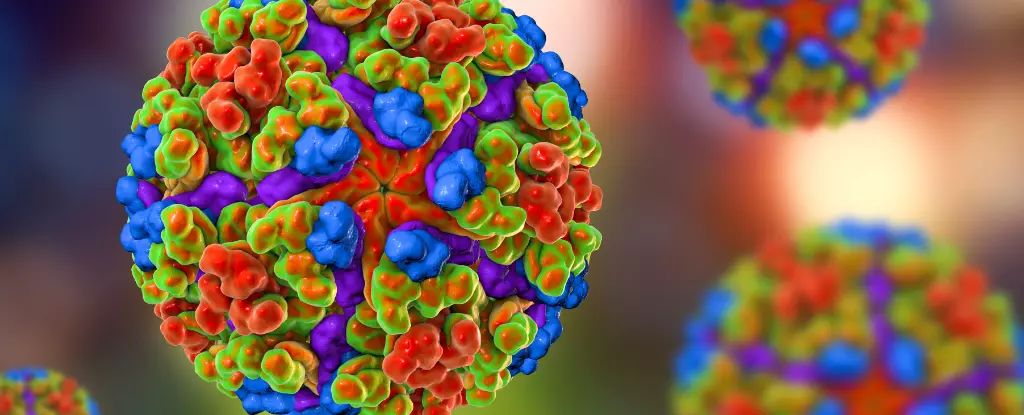The resurgence of chikungunya signals a troubling resurgence of neglected health crises masquerading as distant concerns. With the World Health Organization sounding the alarm about its potential to mirror past catastrophic outbreaks, we are compelled to confront a harsh reality: our global response so far has been insufficient, reactive rather than proactive. This mosquito-borne virus, once confined to small island outbreaks, now demonstrates a disturbing capacity for rapid, widespread dissemination—made more alarming by accelerating climate change and global interconnectedness.
This isn’t merely a health issue; it’s a symptom of broader systemic failures. The virus’s ability to establish itself in new regions—particularly in parts of Europe and Africa—exposes weaknesses in disease preparedness and underscores the urgent need for comprehensive international strategies. Yet, despite knowledge about its transmission and devastation, public health systems remain grossly underfunded and often unprepared for swift action, risking millions’ well-being.
The Mirage of Containment and the Reality of Escalation
History proves that biological threats like chikungunya are not static; they evolve as human behavior and environmental conditions pivot. The outbreak in the Indian Ocean during the early 2000s provides a stark precedent, with nearly half a million affected. Today, the pattern is eerily repeating, with notable outbreaks in regions like Reunion, Mayotte, and Mauritius, where a significant portion of populations is already infected. This rapid transmission underscores how quickly complacency can turn into catastrophe when early measures are not prioritized.
What makes chikungunya particularly insidious is its symptom mimicry. It resembles yet often outpaces the more notorious dengue and Zika viruses, complicating timely diagnosis and containment. As cases spill across borders—imported into Europe, suspected in Italy—governments find themselves in a bind. The lack of readiness amplifies the threat of local transmission spiraling out of control, just as it did in past outbreaks. The core challenge lies in our failure to treat emerging vector-borne threats with the seriousness they warrant—treating them instead as manageable blips rather than imminent crises.
Climate Change: The Unseen Catalyst for Vector Expansion
Perhaps most unsettling is how climate change acts as an invisible hand, facilitating the northward migration of Aedes mosquitoes. Known as the tiger mosquito, Aedes albopictus now ventures into regions previously considered too cold for its survival, thus expanding the geographic scope of chikungunya transmission. Climate change isn’t just an environmental issue; it’s a direct threat to global health security, fueling the spread of diseases that once seemed geographically isolated.
The gradual but relentless warming of our planet transforms local climates into fertile grounds for mosquito proliferation. This dynamic compels us to question the adequacy of current health policies—are they robust enough to confront an enemy that is becoming more resilient and widespread? The unchecked spread of these vectors is not accidental; it’s a predictable consequence of human actions, demanding a reevaluation of our priorities.
Are We Smarter Than Our Past Mistakes?
Despite knowing what’s at stake, the global community repeatedly underestimates vector-borne diseases. The WHO’s early warning signs should serve as a sobering reminder that history’s warnings often go unheeded. The devastating toll from previous outbreaks was a clear enough lesson—yet prevention remains half-hearted, often politicized, and hamstrung by resource limitations.
The real issue lies in our collective failure to see health crises as urgent, systemic threats that require immediate, coordinated responses. We should be investing heavily in vector control, vaccine development, and public education—yet these measures tend to be reactive postures, implemented only once epidemics spiral beyond control. As populations with little to no immunity become increasingly vulnerable, the human toll will escalate exponentially, adding unnecessary suffering and strain to healthcare systems worldwide.
In considering this looming threat, the central flaw remains human complacency rooted in a false sense of invulnerability. If we continue to ignore the lessons from the past, we risk transforming an emerging health problem into a global catastrophe. The clock is ticking, and our window for effective intervention narrows with every passing day.



Leave a Reply